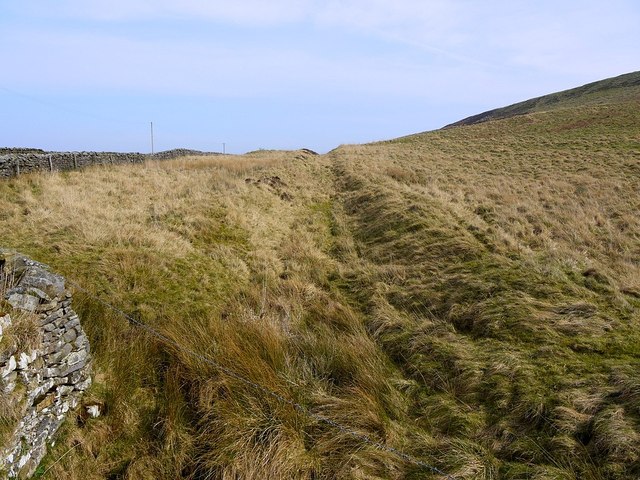Topics > Tyne and Wear > South Tyneside > Jarrow > Jarrow Colliery (1803 - 1851)
Jarrow Colliery (1803 - 1851)
1803. Sept. 26. Being the day appointed by Mr. Temple to celebrate the opening of his colliery at Jarrow, the fineness of the day, and the general invitation, drew many thousands of people to witness the passage of the coals to the ship Fox, which lay, highly decorated with colours, to receive them. Early in the morning, the South Shields bells announced the intended feast ; and all the ships in Shields harbour immediately hoisted their colours. About ten Mr. Temple arrived at Shields, to proceed with the shipwrights, attended by the Northumberland and Anglesea bands to the place of festivity, celebrated in early times, as the birth - place of Bede. Immediately on his arrival in the Market - place, the shipwrights took the horses out of the carriage, and drew him, attended by his father and three sons, to Jarrow, with flags flying and music playing. On Jarrow bridge, he was met by a large assemblage of gentlemen, headed by Sir Cuthbert Heron, bart., who greeted him on his arrival, Their first step was to lay the foundation stone of a school, for the education of the poor children of the various workmen employed by Mr. Temple. This was done by his eldest son, Mr. William Temple, amidst the plaudits of the whole company. They next proceeded to lay the foundation stone of a building, intended as a seminary for the instruction of poor females in offices more suitable to their sex than several of their employments in the north of England. These commendable acts being finish- ed, the procession moved to another part of the estate, to lay the foundation stone of a fever - house and hospital, for such of the families employed in Mr. Temple's various works as might require these comforts. By this time, several of the clergy of the cathedral of Durham, the Corporation barge of Newcastle, with several members of that body, and a great number of the most respectable gentlemen from all parts of the country, had arrived. They now proceeded to the more immediate cause of their meeting ; and the waggons being loaded with coals, were taken to the ship, under the banners of the South Shields Loyal Volunteers, which were then unfurled, and a general discharge of artillery, the music playing "Weel may the keel row," and other appropriate tunes. It was supposed, that not less than 10,000 people were assembled on this occasion. In a tent pre- pared for their entertainment, about 300 gentlemen sat down to dinner. The workmen, in number 500, dined at a long table without. After dinner, a great number of loyal and applicable toasts were given.
From: T Fordyce, J. Sykes. Local records; or, Historical register of remarkable events which have occurred in Northumberland and Durham, Newcastle-upon-Tyne, and Berwick-upon-Tweed..., published 1867
On the south side of the Tyne, Jarrow colliery occupies an important geological situation, being nearly in the centre of the great trough or basin formed by the coal measures, and where they are consequently found at their greatest depth. It is situated about 5 miles from the sea.
A notice occurs of a colliery at Jarrow in an account of the rents, &c., of Durham Cathedral, dated 1618. This was an irregular seam of coal, lying near the surface, in the neighbourhood of Monkton, and which was partially wrought in those days. At the time Gardner wrote his "England's Grievance," about 1655, the Black Staith was the only one marked in the parish. The present pit, the Alfred, was won by Simon Temple, Esq.; and the colliery was opened on September 26, 1803. It is sunk to the Bensham seam, which is found at the depth of 175 fathoms from the surface, and 165 fathoms below high water mark of the river Tyne. The depth to the High Main coal is 128 fathoms, and it is here 6 feet in thickness. The whole of the strata here are broken and dislocated in a most remarkable manner; a circumstance which has rendered it necessary to introduce various drifts and staples to facilitate the workings; and there are two steam-engines employed under ground. In this colliery is remarkably illustrated the growth and progress of the Heworth Band. It begins at the river Tyne a few inches thick, but gradually increases in its passage south until it entirely divides the seam. Beneath the church-yard at Jarrow, the coal was wrought under it, and it is there 30 inches thick; but in the space of a few hundred yards south, it was proved to exceed 20 feet in thickness, and the two parts of the seam are never again united in the southern district.
Views of the Collieries (1844), c/o Durham Mining Museum,/h5>
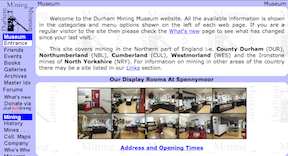
from http://www.dmm.org.uk/collier…
Jarrow Colliery
- also known as Temple Main Colliery.....
Added by
Simon Cotterill
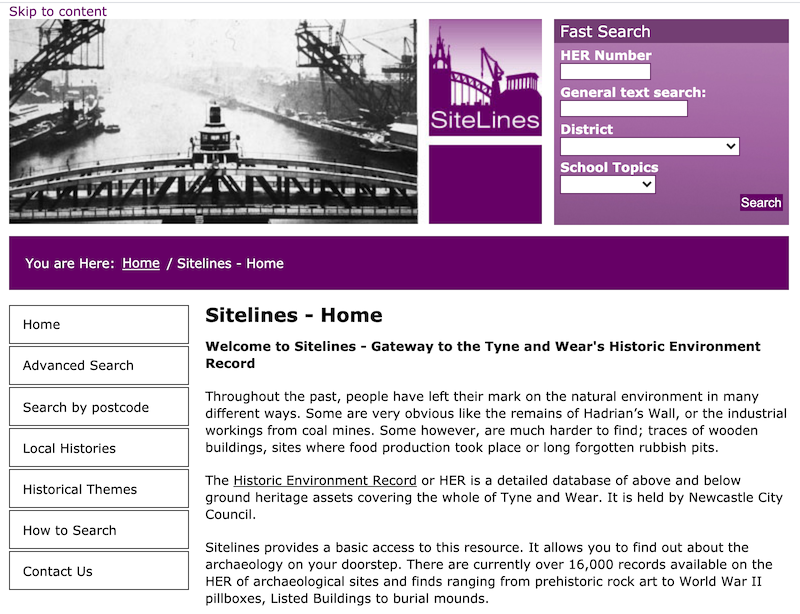
from https://www.twsitelines.info/…
Tyne and Wear HER(2258): Jarrow Colliery (Alfred Pit)
- "Jarrow Colliery, was connected to Jarrow Staith (SMR 2260) by a wagonway (SMR 2259). The first edition OS mapping shows the extents of the spoil heaps. Jarrow Colliery was opened …
Added by
Simon Cotterill

from http://www.dmm.org.uk/names/n…
Jarrow Colliery - Disaster, 3rd August 1830
Added by
Simon Cotterill

from http://www.dmm.org.uk/names/n…
Jarrow Colliery - Disaster, 21st August 1845
Added by
Simon Cotterill


from http://www.dmm.org.uk/collier…
Jarrow Colliery
- also known as Temple Main Colliery.....
Added by
Simon Cotterill

from https://www.twsitelines.info/…
Tyne and Wear HER(2258): Jarrow Colliery (Alfred Pit)
- "Jarrow Colliery, was connected to Jarrow Staith (SMR 2260) by a wagonway (SMR 2259). The first edition OS mapping shows the extents of the spoil heaps. Jarrow Colliery was opened …
Added by
Simon Cotterill

from http://www.dmm.org.uk/names/n…
Jarrow Colliery - Disaster, 3rd August 1830
Added by
Simon Cotterill

from http://www.dmm.org.uk/names/n…
Jarrow Colliery - Disaster, 21st August 1845
Added by
Simon Cotterill
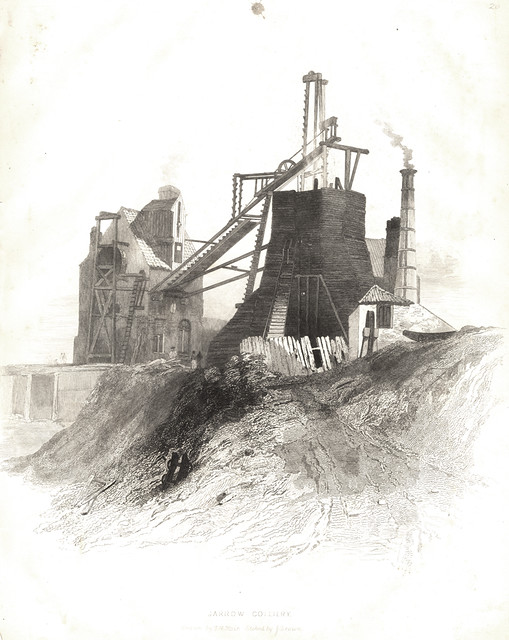

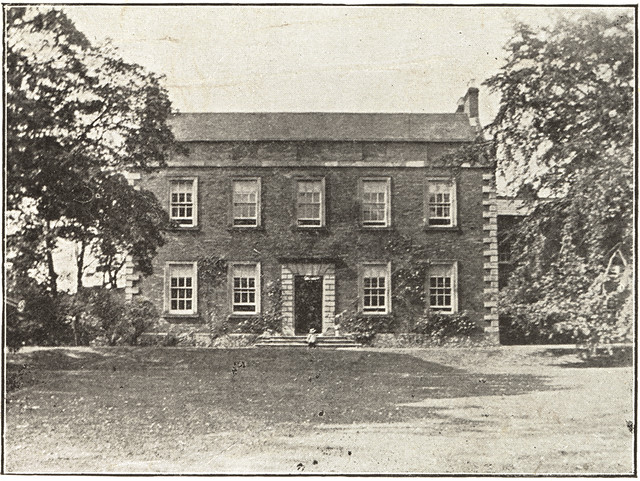

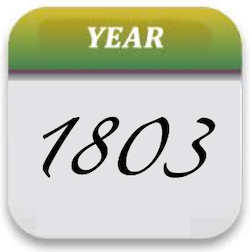

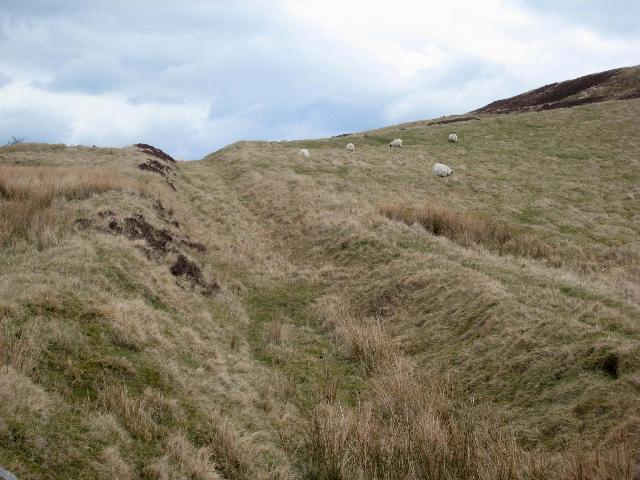
![Roman Signal Station, Barcombe Hill, Bardon Mill, Northumberland [2]](https://farm7.staticflickr.com/6145/5958980705_6e56b02a75_z.jpg)


